Not all plants want your help. While many thrive with a boost of nutrients, some plants actually suffer from fertilizing—losing their shape, stalling growth, or becoming more vulnerable to pests. In their world, less really is more.
These are the resilient types that evolved to grow in lean, poor soils, and adding fertilizer can throw them off balance. Overfeeding them won’t make them happier—it might just make them weaker or leggier.
In this article, we’ll share 14 plants that prefer a hands-off approach. Skip the fertilizer, save your money, and let these tough growers do their thing naturally—you’ll both be better off for it.
Orchids
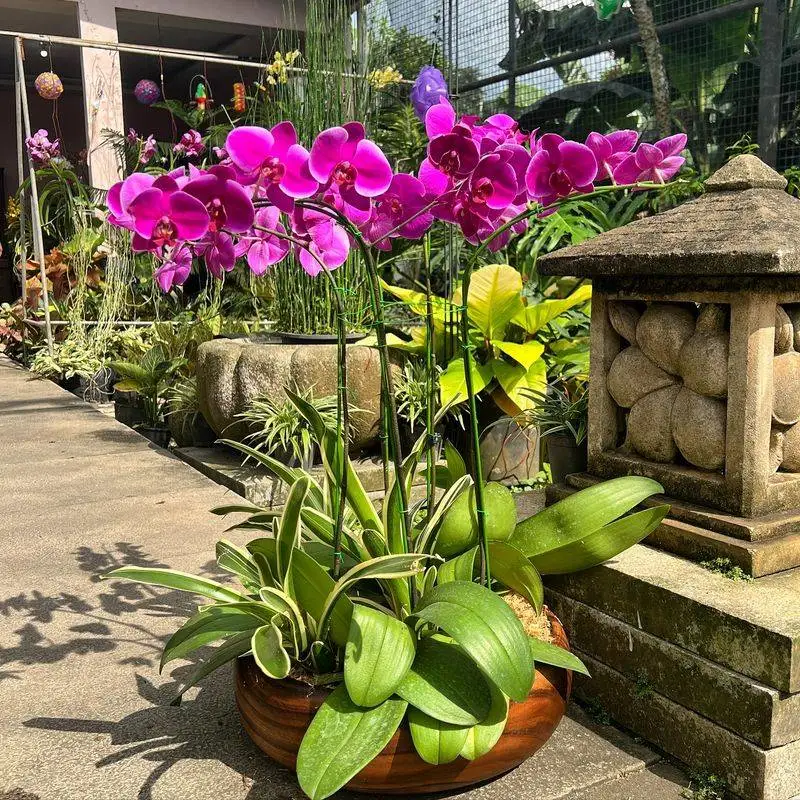
Orchids are renowned for their delicate beauty, but did you know they thrive best without frequent fertilization? These tropical beauties have adapted to extract necessary nutrients from the air and surrounding organic matter. Over-fertilizing can lead to burnt roots and hindered growth. Surprisingly, they are quite self-sufficient when placed in the right environment. A simple misting can do wonders. Next time you’re tempted to feed them, remember their innate ability to sustain themselves with minimal intervention. Orchids prefer to take only what they need, making them a perfect example of nature’s delicate balance.
Cactus
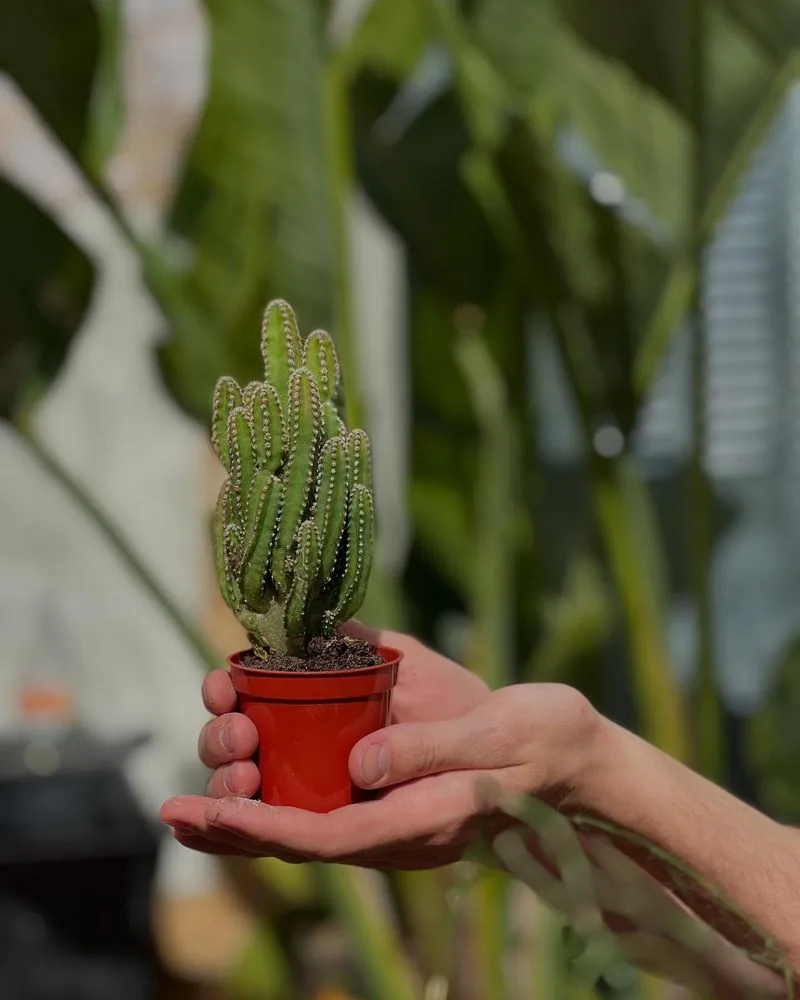
A cactus in the desert doesn’t ask for much, and certainly not fertilizer. These resilient plants have evolved to survive in nutrient-poor soils where they naturally thrive. Fertilizer can disrupt their natural growth cycle, leading to unexpected blooms or poor health. Their ability to store water means they are masters of conservation, requiring little more than sunlight and occasional watering. The cactus’s spiny exterior protects it from overzealous caretakers who might be tempted to over-nurture. Embrace their independence and let them bask in their minimalist lifestyle.
Lavender

Lavender brings a touch of the Mediterranean with its aromatic presence, and it doesn’t need much to thrive. Over-fertilizing can cause this fragrant plant to lose its signature scent and compromise its sturdy structure. With roots in rocky, poor soils, lavender has learned to flourish with minimal intervention. It prefers a well-drained environment, where it can absorb nutrients at its own pace. Allow lavender to grow naturally, and it will reward you with an abundance of blooms and fragrance. It’s a lesson in appreciating what nature provides naturally.
Succulents
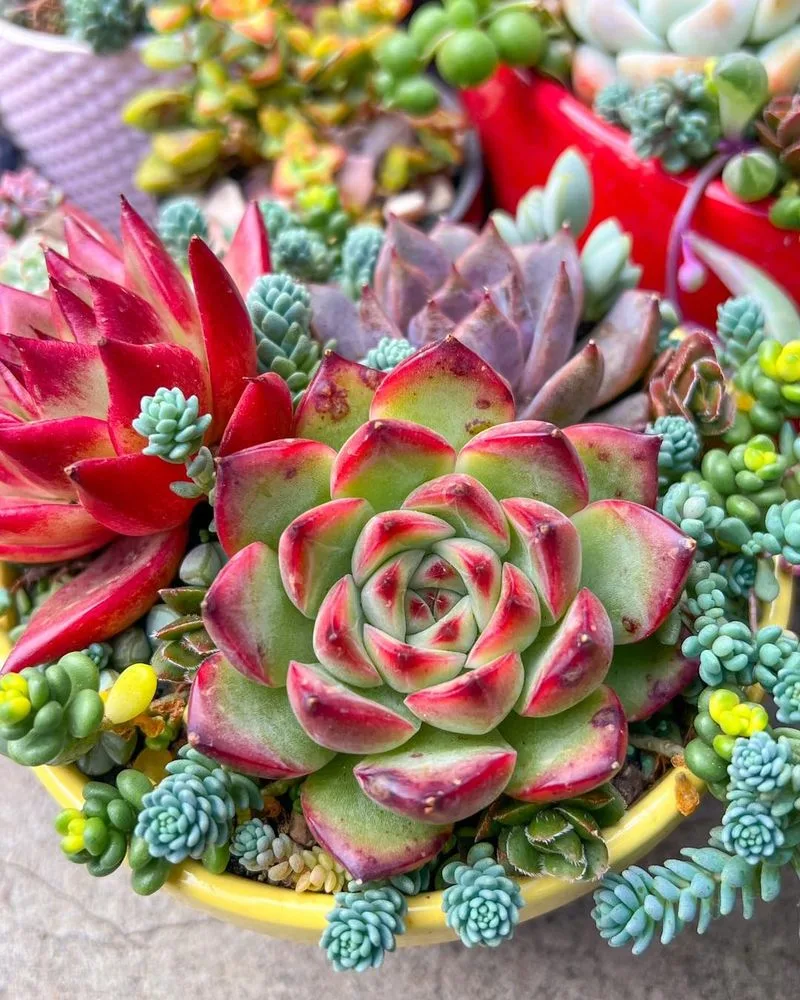
Succulents are the epitome of low-maintenance plants. Their thick, fleshy leaves store water, allowing them to thrive in harsh conditions without additional nutrient boosts. Fertilizing can lead to overly rapid growth and weak plants that can’t support themselves. Instead, succulents prefer a hands-off approach, drawing moisture from the air and soil. Their natural habitat consists of arid, nutrient-poor environments, making them perfect for those who prefer a set-it-and-forget-it gardening style. Admire their vibrant colors and unique shapes, knowing they are self-sufficient survivors.
Aloe Vera
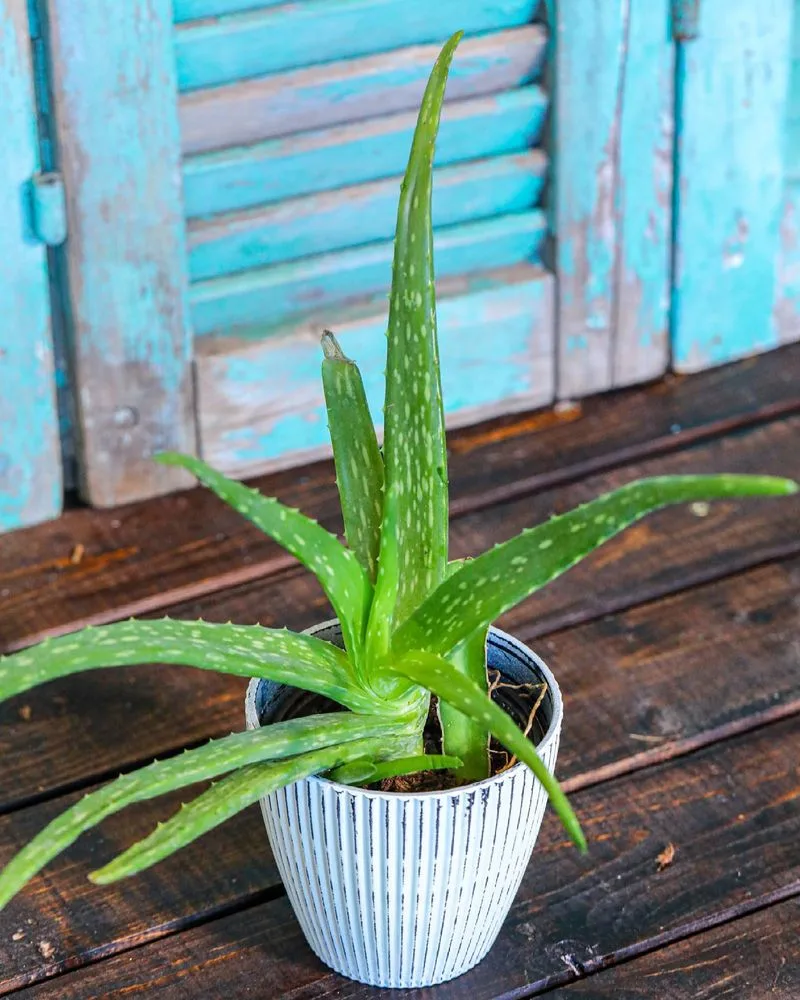
Aloe Vera, known for its soothing properties, is also notable for its low nutritional needs. This plant can sustain itself on minimal resources, and too much fertilizer can actually be detrimental. Aloe’s thick leaves store water and nutrients, allowing it to withstand drought conditions gracefully. It thrives in sandy, well-drained soil, drawing what it needs from its environment. Over-fertilizing can lead to root rot and weak growth. Embrace Aloe Vera’s natural hardiness and let it thrive with minimal interference, offering you its healing benefits in return.
Ferns

Ferns, with their intricate fronds, are often found in shaded, forested areas where they thrive without added nutrients. These plants have adapted to extract nourishment from decaying organic matter on the forest floor. Over-fertilizing can lead to leaf burn and disrupt their natural growth pattern. Ferns enjoy a humid environment where they can flourish organically. Their ability to thrive in low-light conditions makes them ideal for indoor spaces. Relish in their graceful appearance while knowing they require little more than a mist of water to stay vibrant and healthy.
Bamboo

Towering and resilient, bamboo is a testament to nature’s ability to flourish without human intervention. This fast-growing plant doesn’t require fertilizer to reach impressive heights. In fact, over-fertilizing can lead to excessive leaf growth and weak stems. Bamboo is content drawing nutrients from the soil naturally. Its robust root system allows it to thrive in various conditions, from tropical wetlands to temperate forests. Appreciate its rapid growth and strength, a true example of a naturally self-sustaining plant. Bamboo’s elegance is matched only by its simplicity.
Sage

Sage, a staple in culinary gardens, hails from the Mediterranean where it thrives in rocky, barren soils. Fertilizer can dilute its aromatic oils, diminishing its flavor and aroma. Sage prefers an environment where it can access nutrients naturally, relying on well-drained soil rather than fertilizers. It’s a resilient plant that can withstand drought, making it ideal for those who appreciate easy-care greenery. Allow sage to grow at its own pace, and it will reward you with a robust, fragrant harvest. It’s a testament to nature’s ability to provide, even in scarcity.
Thyme
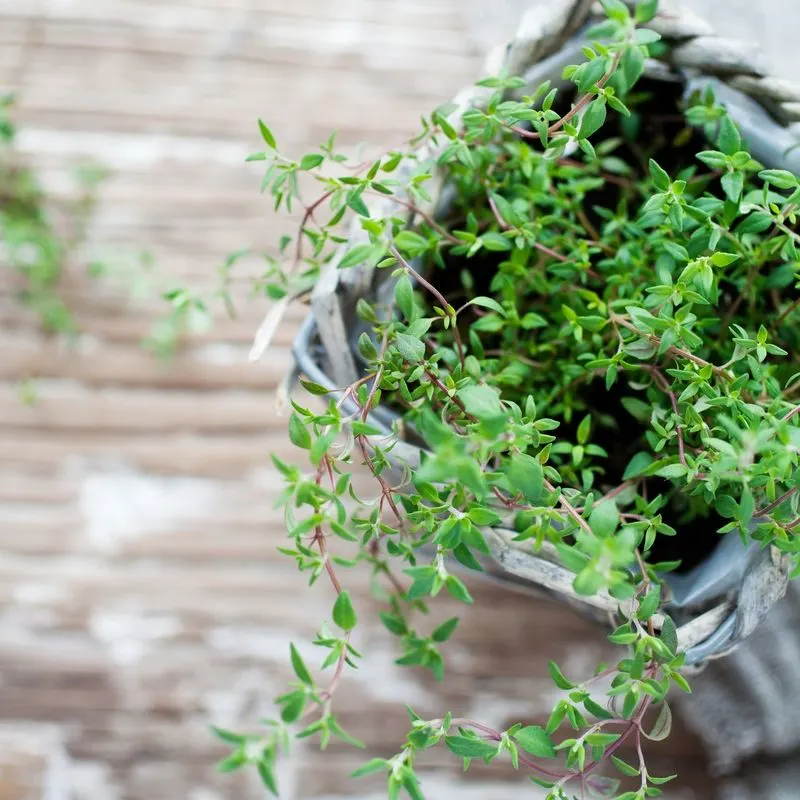
Thyme, with its delicate leaves and pleasant aroma, doesn’t require the boost of fertilizers to thrive. Originating from rocky hillsides, thyme has adapted to extract nutrients from poor soils. Over-fertilizing can weaken this hardy herb, causing it to become lanky and less flavorful. Its perennial nature allows it to return each year, stronger and more vibrant. All thyme needs is a sunny spot and well-drained soil to continue flourishing. Cultivate thyme naturally, and enjoy its robust flavor in culinary dishes year after year, a perfect reminder of simplicity in gardening.
Rosemary

Rosemary is a rugged, aromatic herb that thrives in the Mediterranean’s stony soils, demanding little from its caretaker. Fertilizer can interfere with its natural oil production, leading to a loss of its characteristic aroma and flavor. Rosemary prefers a sun-drenched environment with well-drained soil, taking what it needs from its surroundings. Its resilience in harsh conditions makes rosemary a favorite for those looking to cultivate a no-fuss garden. Allow it to grow naturally, and enjoy its piney fragrance and culinary versatility. Rosemary exemplifies robust growth with minimal input.
Cypress

Cypress trees, with their majestic stature, thrive best when left to their own devices. These trees are adept at pulling nutrients from deep within the soil, making additional fertilization unnecessary. Over-fertilizing can lead to nutrient imbalances, affecting their growth and health. Cypress is highly adaptable, growing in a range of soil types from clay to sandy loam. Their ability to thrive in diverse environments makes them a popular choice for natural landscapes. Appreciate their timeless beauty and resilience, knowing they flourish without human intervention.
Oleander

Oleander’s vibrant blossoms belie a hardy nature that requires little in the way of fertilizers. This Mediterranean native is accustomed to thriving in poor, dry soils. Fertilizer can actually stifle its growth and reduce its natural resilience. Oleander is a sun-loving plant, capable of withstanding drought and neglect. It’s often seen gracing gardens with its colorful blooms, a testament to its ability to flourish without added nutrients. Let oleander grow unencumbered by over-care, and it will reward you with continuous blooms and a landscape filled with color.
Bougainvillea
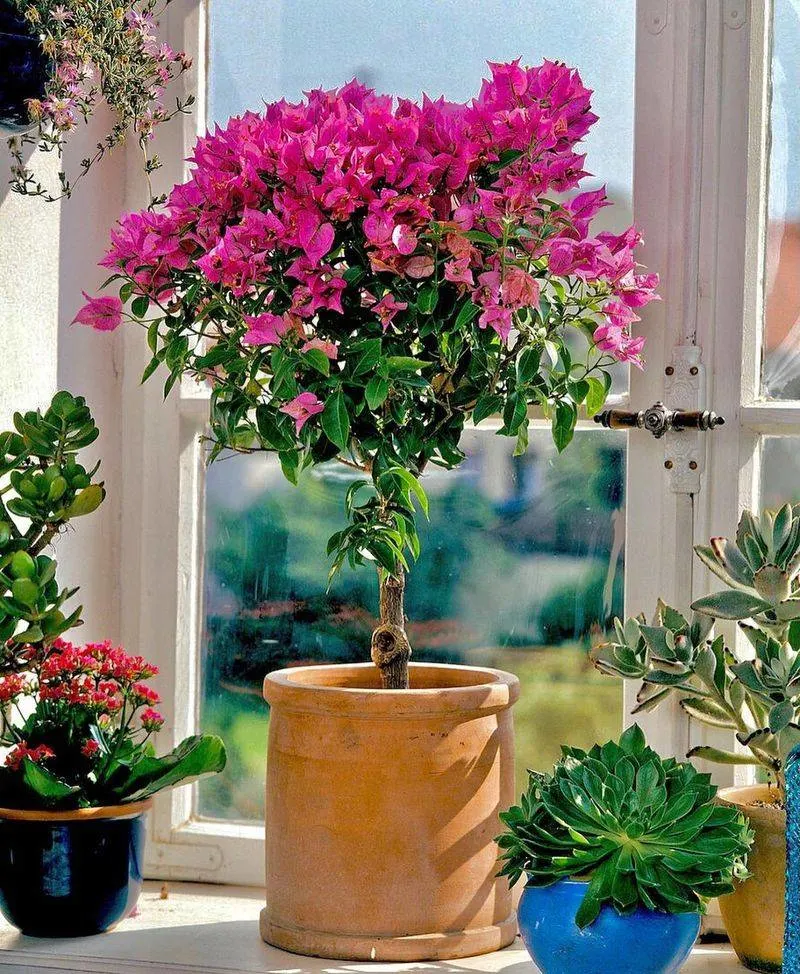
With its cascades of vivid flowers, bougainvillea is a stunning addition to any garden. Yet, this tropical beauty won’t thank you for extra fertilizer. Over-fertilizing can lead to lush foliage at the expense of the blooms that make it so striking. Bougainvillea is well-suited to poor, well-drained soils and thrives in sunny locations. Its resilience to drought and minimal nutrient needs make it a favorite for low-maintenance gardens. Enjoy the vibrant colors bougainvillea offers with minimal care, a true celebration of natural beauty and adaptability.
Jade Plant
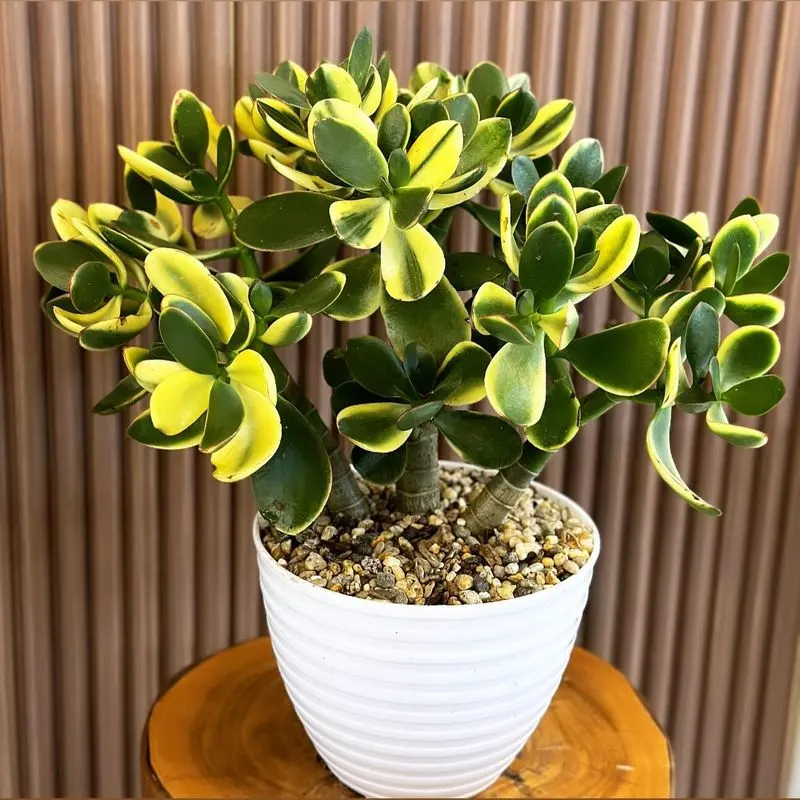
The jade plant, known for its thick, glossy leaves, is a staple among succulent enthusiasts. Its ability to thrive on neglect has earned it a reputation as a tough, resilient plant. Fertilizing can lead to rapid, weak growth, detracting from its natural charm. Jade plants prefer a sunny spot with well-drained soil, drawing just enough nutrients from their environment. Their water-storing capabilities make them drought-resistant, ideal for those who may forget an occasional watering. Relish in the jade plant’s low-maintenance beauty, a testament to nature’s inventive efficiency.

